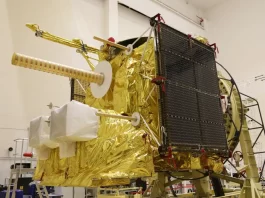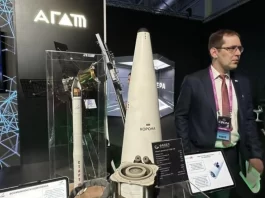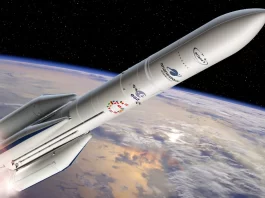A New Beginning on New Year’s Day, India embarked on an expedition to unravel a timeless enigma of the universe: black holes. The Indian Space Research Organisation (ISRO) deployed the X-ray Polarimeter Satellite (XPoSAT) at 9:10 am.
ISRO declared XPoSAT was successfully launched at 9:32 am following a protocol-adhering Polar Satellite Launch Vehicle (PSLV) liftoff. “The satellite has been precisely deployed into the designated orbit of 650 km at an inclination of 6 degrees by the PSLV-C58 vehicle.” “Scripting is in progress for the POEM-3,” ISRO announced on X. The ISRO chief, S Somanath, subsequently declared the launch a success. The PSLV Orbital Experimental Module is known as POEM.
Following a precise launch, the intended orbit was attained. At this moment, the scientific data must function as intended.
Additionally, the launch of the XPoSAT mission signified the sixty-sixth voyage of the Polar Satellite Launch Vehicle (PSLV). An advanced astronomical observatory designed to investigate black holes and neutron stars was deployed aboard the 260-ton rocket. Following the United States, India is now the second nation to possess a specialised “observatory” dedicated to investigating black holes.
XPoSAT will investigate the radiation emitted by neutral neutron stars and adjacent black holes by analysing the polarisation of X-rays. POLIX (X-ray Polarimetric Instrument) and XSPECT (X-ray Spectroscopy and Timing) are its two cargoes.
The POLIX payload of the satellite will employ Thomson scattering to determine the polarisation of X-rays in the energy range of 8-30 keV that originate from approximately 50 potential cosmic sources.
Long-term spectral and temporal investigations of cosmic X-ray sources will be conducted. Through utilising the POLIX and XSPECT cargoes, polarisation and spectroscopic analyses of X-ray emissions originating from cosmic sources will also be undertaken.
When stars run out of fuel and “die,” their gravity causes them to collapse, leaving behind black holes or neutron stars. The universe’s gravitational pull is greatest in black holes, and its densities are greatest in neutron stars. The mission will help to solve the mysteries of space’s ultra-extreme conditions by obtaining more information about them.
The XPoSat satellite has an estimated cost of Rs 250 crore, equivalent to $30 million.
IXPE, an endeavour that NASA has been undertaking since 2021, incurred an expenditure of $188 million. The projected operational lifetime of the Indian satellite exceeds five years, in contrast to the two-year mission lifecycle of NASA’s IXPE.





